The 1939 Alexandria Library Sit-In Opened a New Front in the Civil Rights Movement
Decades before Virginia schools were integrated, there was another civil rights effort to equalize black citizens’ access to education — the first library sit-in for desegregation in America, right here in Alexandria in 1939.
It started with Samuel Tucker, born in Alexandria to educated, middle-class parents in 1913. Tucker grew up on Queen street, blocks away from the white high school he wasn’t allowed to attend; he would have to travel over a mile to attend the school for black children. He attended Howard University for undergrad and studied law in his own time at the Library of Congress. Tucker passed the bar at age 20, but was too young to be sworn in until the following year. With a personal understanding of the importance of libraries, Tucker resolved to extend the Alexandria public library access to the black community.
The Alexandria library, still standing today on Queen street as the Barret library, was built in 1937 using the tax dollars of both black and white citizens, but had a “whites only” policy. To gain access for Alexandria’s black citizens, Tucker planned a two-pronged approach that included the first sit-in for desegregation in America.
Anticipating by several years what would be the major strategy of the NAACP, Tucker devised two test cases for the city courts. First, he asked his friend retired army sergeant George Wilson to apply for a library card. On March 17, 1939, Wilson went in and handed his completed form to the librarian and asked to be issued a card. The librarian refused and Wilson and Tucker left. Tucker sued for Wilson’s right to apply for a card, arguing that Wilson’s rights had been violated.
And surprisingly for Jim Crow Virginia, Tucker’s legal argument had merit. The Virginia Public Assemblages Act of 1926, one of several in the state which regulated black citizens to second class status, required white and black patrons to be segregated within the same facility- technically it did not allow black people to be barred entirely.
Step two of Tucker’s integration plan was the famous sit-in. Tucker held meetings with eight young black men aged 18-22 in the community (women were not invited for fear of getting hurt) and instructed them in non-violent protest. On August 21, 1939, five showed up to contest for their right to use the library: William Evans, Otto L. Tucker, Edward Gaddis, Morris Murray, and Clarence Strange. The other three had been kept home by fretting parents.
One by one the boys entered the library and asked librarian Katherine A. Scoggin for a library card. She explained the library policy of not issuing cards to black people. They thanked her, walked away from the counter, picked up a book from the shelf, and sat down in the reading area to read. Scoggin ran on foot to city hall to inform the city manager, and he called the police.
Two police officers entered the library and were seen by young Robert Strange, who was Tucker’s gopher for the whole operation. Strange sprinted the three blocks to Tucker’s office, where he’d been bringing updates all day, and told the lawyer that the cops had finally arrived. Tucker had been anticipating this, and was ready to go to the station to defend the boys. But first he had a few people to call.
Back at the library, the police were flummoxed at exactly what to do. Technically, the boys weren’t breaking any law, and they weren’t bothering anyone except for the crime of being black in public. The boys were asked several times to leave the library, and their well-coached response was simply “what will happen if we don’t leave?”
Finally, the white police officers arrested the polite young men and escorted them out of the library- straight into a crowd of 200-300 onlookers, including reporters and photographers from the white papers Washington Post, Washington Times, and black papers Washington Tribune, and The Afro-American. Tucker had thought of everything, and he knew that bringing this into the public eye was important for achieving his goals.
The five young men were charged with “disorderly conduct” because, per Bobby Evans, they couldn’t figure out what else to charge them with, and went to court before the eyes of the public and the press. As all witness testimony (including the librarian!) agreed that the boys were anything but disorderly, Tucker was able to argue his case very well; however, the judge avoided issuing a ruling, resulting in the five never being declared guilty or not guilty, but also not being forced to serve time or pay a fine. Although the trial was closely followed by both white and black papers, only the black papers extensively covered the outcome, as the other papers were distracted by the brewing hostilities in Europe.
As for the Wilson case, the judge there ruled that Wilson had not proven at the time of application that he was a citizen of Alexandria. Despite deciding against Wilson in this instance, he also ruled that should Wilson apply again but correctly, the library would legally be required to issue him a card despite his race.
The white Alexandria library board flipped out, obviously. They met hurriedly to plan for the construction of a new separate library for black Alexandrians and it was constructed within the year, with half the budget for construction of the white library.
The Robert Robinson library, the present site of Alexandria’s Black History Museum was a one-room building with a dirt yard, filled with donated and cast-off books. Tucker’s sister, Elsie Thomas, described the black library in the documentary Out of Obscurity: “When you compare the Queen Street Library with Robert Robinson Library, it was like comparing the mansion to the slave quarters.” Even so, black Alexandrians, especially children, flocked to the Robert Robertson Library and consumed its books and magazines hungrily.
Tucker, however, strongly opposed the opening of the separate, and decidedly unequal, facility, but fell ill and could not continue to fight the good fight.
Tucker went on to work for the NAACP and argue more than 50 cases in Virginia’s Massive Resistance following Brown v. Board, appearing before the Supreme Court several times. The Alexandria library system was finally integrated to black adults in 1959 and the Robert Robinson library closed in 1962 when black children were also allowed in the city libraries.
Sources:
“1939 Library Sit-In.” Alexandria Library, alexlibraryva.org.
Mitchell-Powell, Dr. Brenda. Alexandria’s 1939 Sit-In: It’s Impact, Aftermath, and Legacy. Lecture at the Alexandria Historical Society, 25 May 2016.
Out of Obscurity (2000; River Road Productions).
“Remembering the Library Sit-In in Alexandria, Virginia.” Publishing the Long Civil Rights Movement, lcrm.lib.unc.edu.
“Samuel Tucker: Unsung Hero of the Civil Rights Movement.” City of Alexandria, alexandriava.gov.
“The Sit-Down Strike and the Robinson Library.” City of Alexandria, alexandriava.gov.


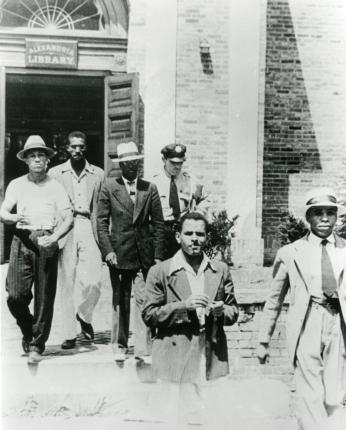
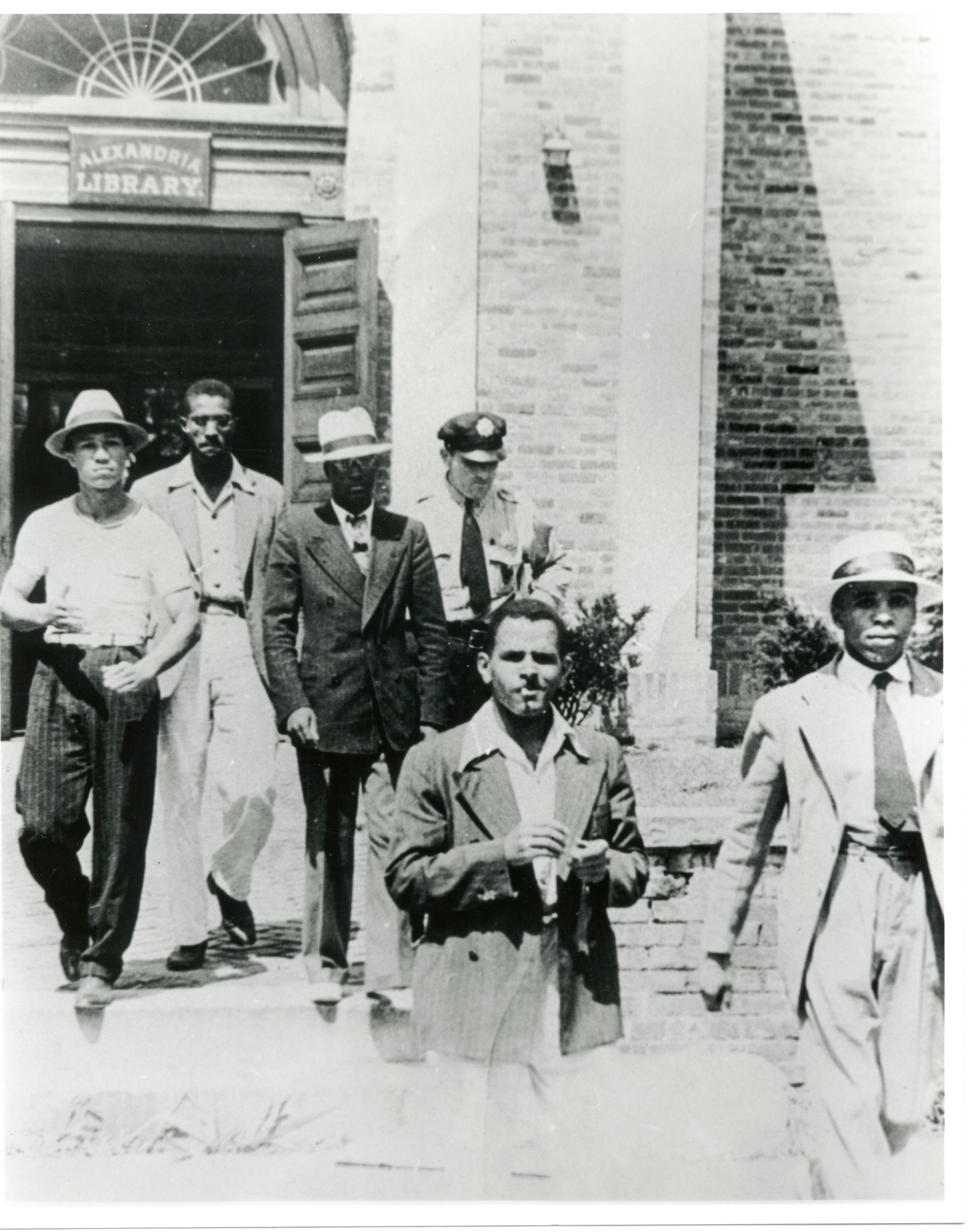
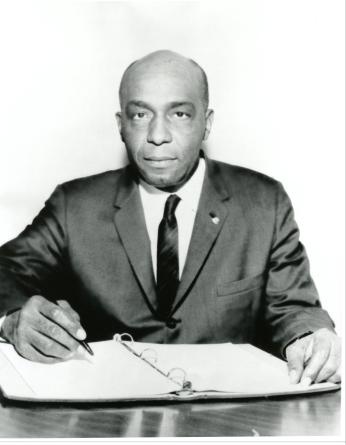
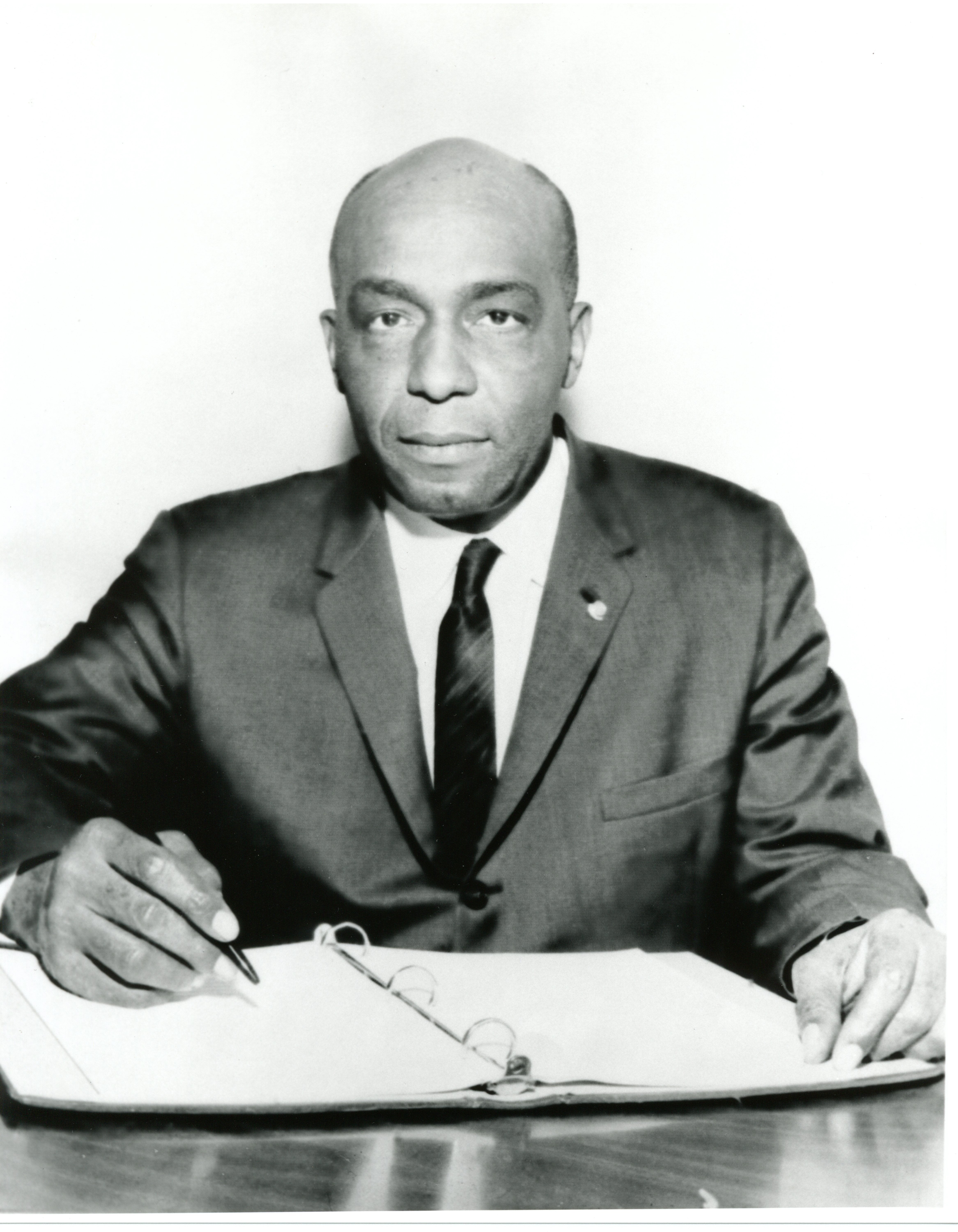
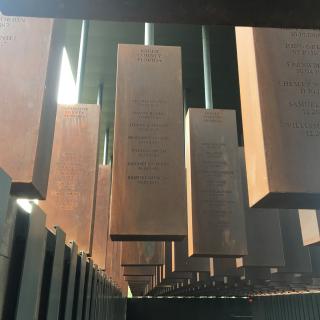
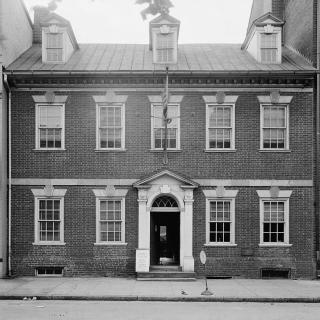
![Sketch of the mythical fuan by Pearson Scott Foresman. [Source: Wikipedia]](/sites/default/files/styles/crop_320x320/public/2023-10/Goatman_Wikipedia_Faun_2_%28PSF%29.png?h=64a074ff&itok=C9Qh-PE1)












